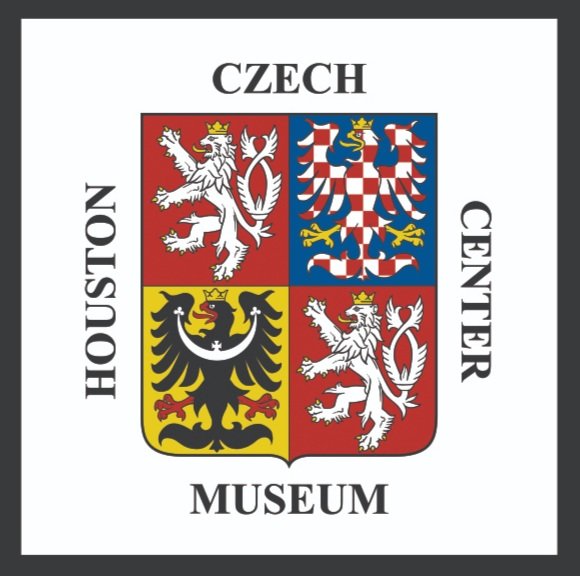From ancient healers of Egypt to medicine women of the Native Americans, women managed the nurturing and healing of convalescents long before modern medicine. Yet, as modern medicine advanced, the image of healers began to change. While women traditionally served as caregivers for their communities, it wasn鈥檛 until recent times that they successfully made gains in the medical field and were acknowledged as professional medical practitioners.
The transition towards equality in medical education in the 19th century progressed at a glacial pace. Blazing the difficult path to a career as a physician was dangerous and fraught with problems for women. One by one, female medical pioneers began to break through the barrier that is modern medicine and were admitted to the ranks of physicians. Czechoslovakia鈥檚 change began in the late 19th Century, with two women named Anna.
Anna Bayerova
Born in 1853, Anna Bayerova was the first female physician from what would soon become Czechoslovakia. She did not receive her degree locally 鈥攁s no women were permitted to enroll for a medical degree at that time鈥� yet she attended college in Switzerland and graduated in 1881 from University of Bern.
In the following year, Bayerova became an assistant doctor at Royal Maternity Clinic. She would go on to practice at a children's hospital in Bern before becoming a Swiss national and opening her own practice.
Starting in 1892, Bayerova served as state physician in Bosnia-Herzegovina. During this time, she dealt with inadequate facilities, as there was little progress in the medical field before 1892. Bayerova mostly attended to Muslim women and children in the area, taking great care of many impoverished families. She treated many of her patients free of charge, often paying for medicine for patients who could not afford it.
Bayerova鈥檚 declining health and the insufficient medical facilities provided eventually led her to request a relocation and move away. She spent from 1900-1909 working in sanatoriums across Switzerland and Prague.
While she was active in the anti-alcohol campaign and involved in the women's movement throughout her life, Bayerova鈥檚 advocacy went beyond the education and care of women. In 1923, she authored a book on women as physicians and she even wrote articles in 鈥榋enske Listy鈥� in support of female doctors before passing away in 1924.
Anna Honzakova
Born in 1875 to a family of physicians, Anna Honzakova was the first Czech woman to graduate from a Czech university and become a physician. One of the first women permitted to attend medical school at the University of Prague, Honzakova was refused participation in her exit exams several times. Eventually, she was allowed to take her exams and officially obtained her physician credentials in 1902.
Still, her career troubles were far from over. Serving her first several years at a girls鈥� grammar school, Honzakova was repeatedly denied the position of assistant physician. While awaiting promotion, she wrote a book on protecting children against tuberculosis, the first of many efforts she made to spread awareness and education.
With no political change in sight, Honzakova left the school and opened her own practice in Prague鈥檚 New Town. Specializing in gynecology and midwifery, she devoted her life to the health and education of women and spent most of the 1920鈥檚 as a devoted advocate for the legalization of abortion.
A staunch activist, Honzakova involved herself with multiple reformer organizations such as 鈥榁ybor Pro Volebni Pravo Zen鈥�, a group dedicated to Women鈥檚 Suffrage and the Czech Women鈥檚 Club which she co-founded alongside Charlotte Masaryk. Also a co-founder of the Association of Czechoslovak Female Doctors, where she served as chair for one year, Honzakova spent the 1930鈥檚 continuing her pursuits by giving several lectures on protection against unwanted pregnancies.
Honzakova soon became known as 鈥淢atka Matek鈥�, a nickname derived from German meaning The Mother of Mothers, as she was known to treat many of her patients free of charge. She later became the first president of the Women鈥檚 Medical Association of Czechoslovakia and even created a fund for poor and sick women. Honzakova鈥檚 tragic death in October of 1940 took away a burning light on the women鈥檚 movement.
Written by: Kelsey McDade
Fuchs, Brigitte & Tahirovic, Husref. 鈥楧r. Anna Bayerova: The First Official Female Doctor in Bosnia and Herzegovina鈥�, Acta Medica Academica, [S.l.], 2019, v. 48, n. 1, p. 121-126. (Accessed July 26, 2022).
Windsor, Laura Lynn. Women in Medicine: An Encyclopedia. ABC-CLIO, 2002, pg. 27, 98.
Furst, Elena. 鈥楢nna Honzakova鈥�, Austrian National Library, , (Accessed July 22, 2022).

